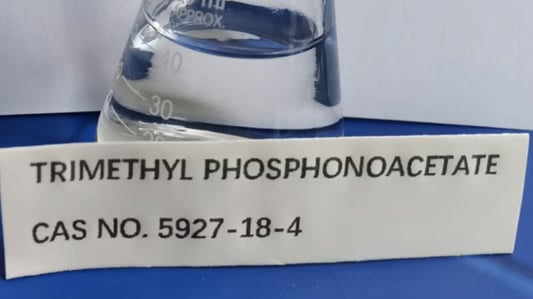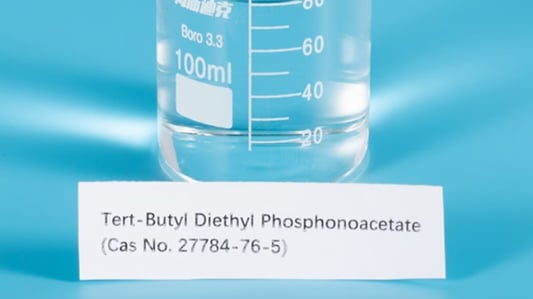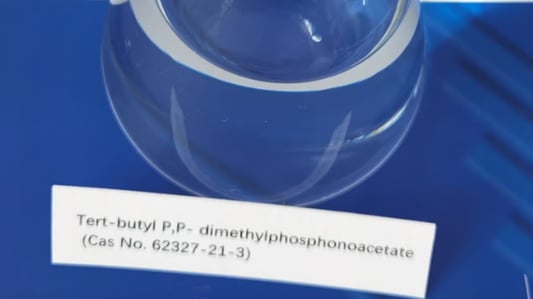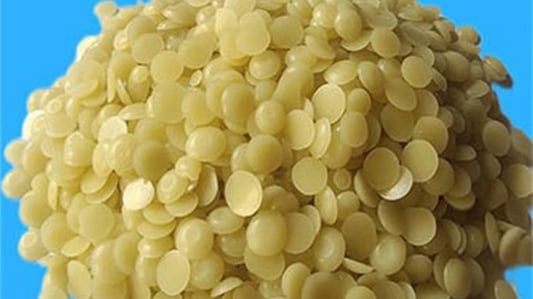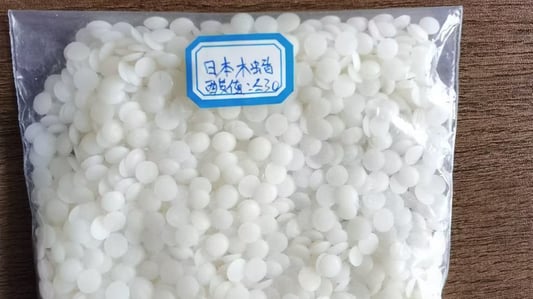fine chemical companies: An IntroductionFine chemical companies are often thought of as the future of the chemical industry. These companies are focused on creating specialized chemicals that have unique properties and are designed for specific applications. Unlike commodity chemicals, which are produced in large volumes, fine chemicals are produced in smaller quantities and are typically much more expensive. In this article, we'll take a closer look at fine chemical companies and what sets them apart from their competitors.What Are Fine Chemicals?Fine chemicals are high-purity chemicals that are typically used in the pharmaceutical, biotechnology, and agrochemical industries. They are characterized by their specificity, complexity, and limited production volume. Fine chemicals can be a single entity or a mixture of compounds that have a defined composition and are produced via a multistep synthesis process.Production Process of Fine ChemicalsFine chemicals are produced via a multistep synthesis process that requires a high level of technical expertise. The production process typically involves several stages, including discovery, development, optimization, and commercialization. The process can take months or even years to complete and requires extensive testing and quality control measures.The Role of Fine Chemical CompaniesFine chemical companies play a critical role in the chemical industry by producing high-quality, high-purity chemicals that are essential to the pharmaceutical, biotechnology, and agrochemical industries. These companies are focused on producing specialized chemicals that meet the specific needs of their customers. They work closely with their customers to understand their unique requirements and develop the most effective and efficient production processes.Market TrendsThe global fine chemical market is expected to grow at a CAGR of around 6% over the next five years. The growth of this market is being driven by increasing demand for high-quality chemicals from the pharmaceutical and biotechnology industries. The Asia-Pacific region is expected to be the fastest-growing market for fine chemicals due to the increasing demand for drugs and medical devices in the region.Risks and ChallengesFine chemical companies face a number of risks and challenges in the market. These include increasing competition, regulatory challenges, and the high cost of research and development. Fine chemical companies must be able to adapt quickly to changes in the market and invest in new technologies and processes to maintain their competitive edge.Technological AdvancementsTechnological advancements are playing a critical role in the evolution of the fine chemical industry. Advances in areas such as biotechnology, catalysis, and process engineering are making it possible to produce high-quality chemicals more efficiently and at a lower cost. Fine chemical companies must stay up-to-date with these advances in order to remain competitive in the market.Environmental ConcernsThe production of fine chemicals can have a significant impact on the environment. Fine chemical companies must take steps to ensure that their production processes are environmentally sustainable and that they are minimizing their impact on the environment. This includes reducing waste, minimizing energy consumption, and adopting more sustainable production practices.Investment OpportunitiesThere are a number of investment opportunities in the fine chemical industry. The growth of the pharmaceutical and biotechnology industries is driving demand for high-quality, specialized chemicals, and fine chemical companies are well-positioned to capitalize on this trend. Investors can also consider investing in companies that are developing new technologies and processes to improve the efficiency and sustainability of fine chemical production.The Future of Fine Chemical CompaniesFine chemical companies are poised for continued growth and success in the chemical industry. The increasing demand for high-quality chemicals from the pharmaceutical and biotechnology industries, combined with advances in technology and process engineering, are creating new opportunities for these companies. As the industry continues to evolve, fine chemical companies will play an increasingly important role in driving innovation and growth in the chemical industry.fine chemical companies, fine chemicals, production process, market trends, risks and challenges, technological advancements, environmental concerns, investment opportunities, future of fine chemical companiesThe Role of Fine Chemical Companies in the Chemical IndustryFine chemical companies play a critical role in the chemical industry by producing high-quality, high-purity chemicals that are essential to the pharmaceutical, biotechnology, and agrochemical industries. Learn more about fine chemical companies and their role in the chemical industry here.Quote InquiryContact us!


